Archives
- 2025-12
- 2025-11
- 2025-10
- 2025-09
- 2025-03
- 2025-02
- 2025-01
- 2024-12
- 2024-11
- 2024-10
- 2024-09
- 2024-08
- 2024-07
- 2024-06
- 2024-05
- 2024-04
- 2024-03
- 2024-02
- 2024-01
- 2023-12
- 2023-11
- 2023-10
- 2023-09
- 2023-08
- 2023-07
- 2023-06
- 2023-05
- 2023-04
- 2023-03
- 2023-02
- 2023-01
- 2022-12
- 2022-11
- 2022-10
- 2022-09
- 2022-08
- 2022-07
- 2022-06
- 2022-05
- 2022-04
- 2022-03
- 2022-02
- 2022-01
- 2021-12
- 2021-11
- 2021-10
- 2021-09
- 2021-08
- 2021-07
- 2021-06
- 2021-05
- 2021-04
- 2021-03
- 2021-02
- 2021-01
- 2020-12
- 2020-11
- 2020-10
- 2020-09
- 2020-08
- 2020-07
- 2020-06
- 2020-05
- 2020-04
- 2020-03
- 2020-02
- 2020-01
- 2019-12
- 2019-11
- 2019-10
- 2019-09
- 2019-08
- 2019-07
- 2019-06
- 2019-05
- 2019-04
- 2018-07
-
br Materials and methods br Results br Discussion Approximat
2019-11-19
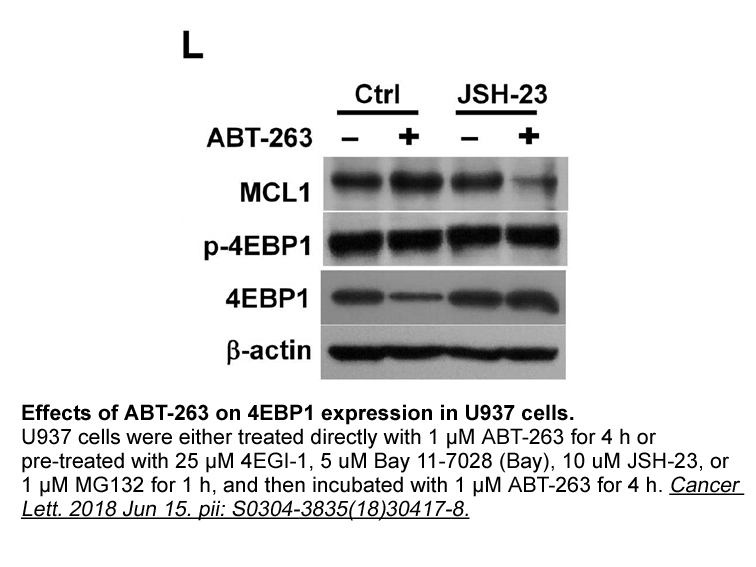
Materials and methods Results Discussion Approximately 90% of pulmonary emphysema causes are related to smoking and its progression in patients and are characterized by severity levels [5]. Experimental models using CS to induce emphysema are widely used because they resemble the emphysema
-
It has only recently been appreciated
2019-11-19
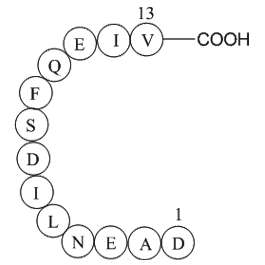
It has only recently been appreciated that antigen-activated Viroptic australia undertake two additional transient migrations during the early stages of T-dependent antibody responses. In the first of these, antigen-activated B cells migrate rapidly (within 2–3h) to the outer regions of the follicle
-
br E intracellular localization br Regulation of E
2019-11-19
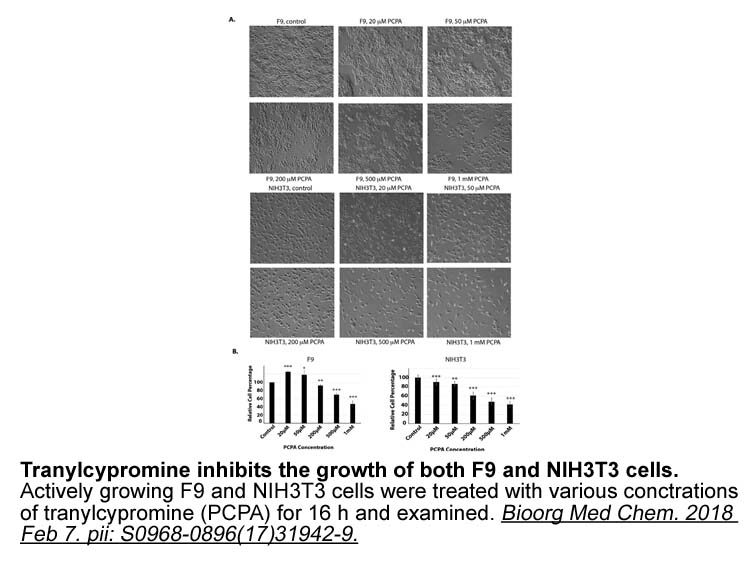
E1 intracellular localization Regulation of E1 by other post-translational modifications Concluding remarks Acknowledgments We apologize to those whose work was not included because of space considerations or whose papers were unintentionally omitted. We thank Dr Peter Bullock (Tufts Uni
-
Cell Cycle Compound Library In general cellular senescence i
2019-11-19
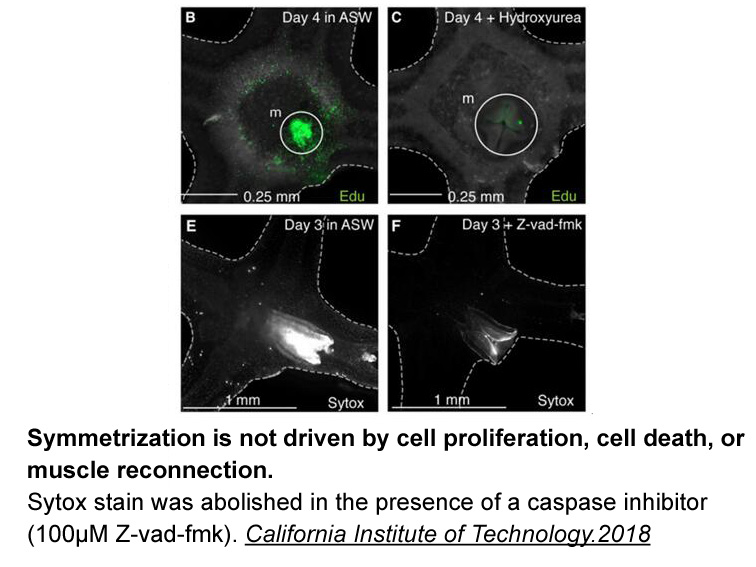
In general, cellular senescence is considered a programmed response to stress that can be activated by oxidative stress, irradiation or action of substances or drugs. These stressors cause DNA damage and, through the action of specific proteins (p53 and p21), lead to cell senescence (di Fagagna, 200
-
br Experimental br Acknowledgments The work was
2019-11-19
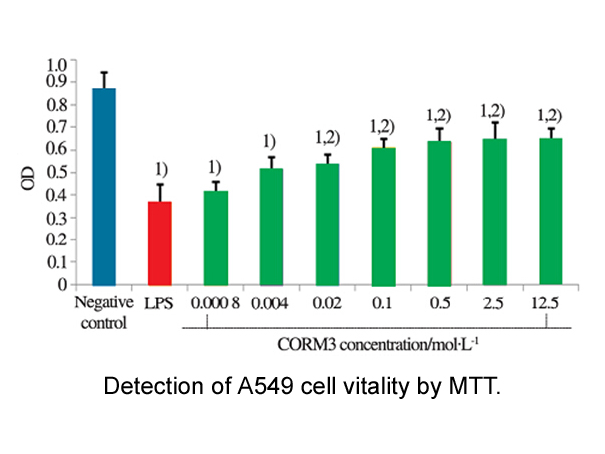
Experimental Acknowledgments The work was supported in part by the National Research and Development Plan (2017YFD0200506), the National Natural Science Foundation of China (21472062 and 31701820), 111 Project B17019, and excellent doctoral dissertation cultivation Grant from Central China Nor
-
We also observed reduced insulinotropic effects after
2019-11-19
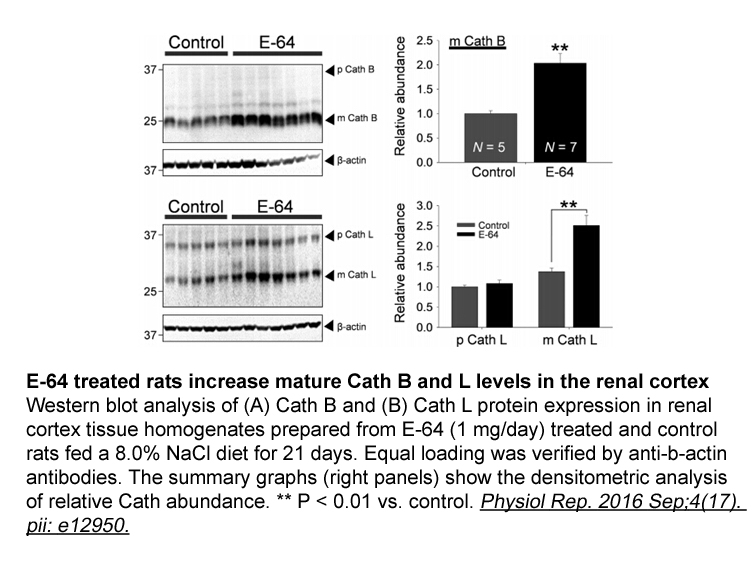
We also observed reduced insulinotropic effects after intravenous administration of both GLP-1 and GIP with atropine, whereas no inhibition was observed by atropine of the direct effects of GLP-1 and GIP action on beta-cells in the islet experiments. This suggests that the reduction in circulating i
-
Hence what is proposed here is
2019-11-18
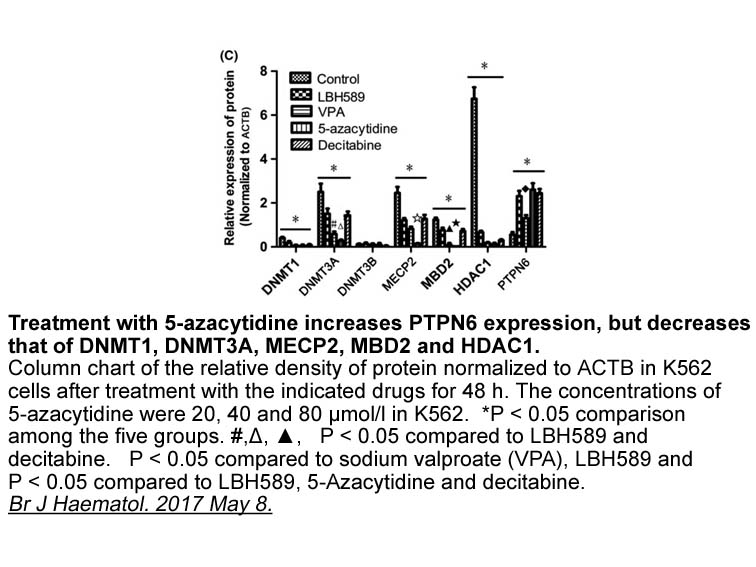
Hence, what is proposed here is a technique highly used in reliability engineering: Software Rejuvenation[4], [21], a technique of proactive fault tolerance in which the system is periodically reboot to clean the memory. In fact, it is well known that most critical SW failures are transient. These m
-
Introduction Infection of cells by microorganisms activates
2019-11-18
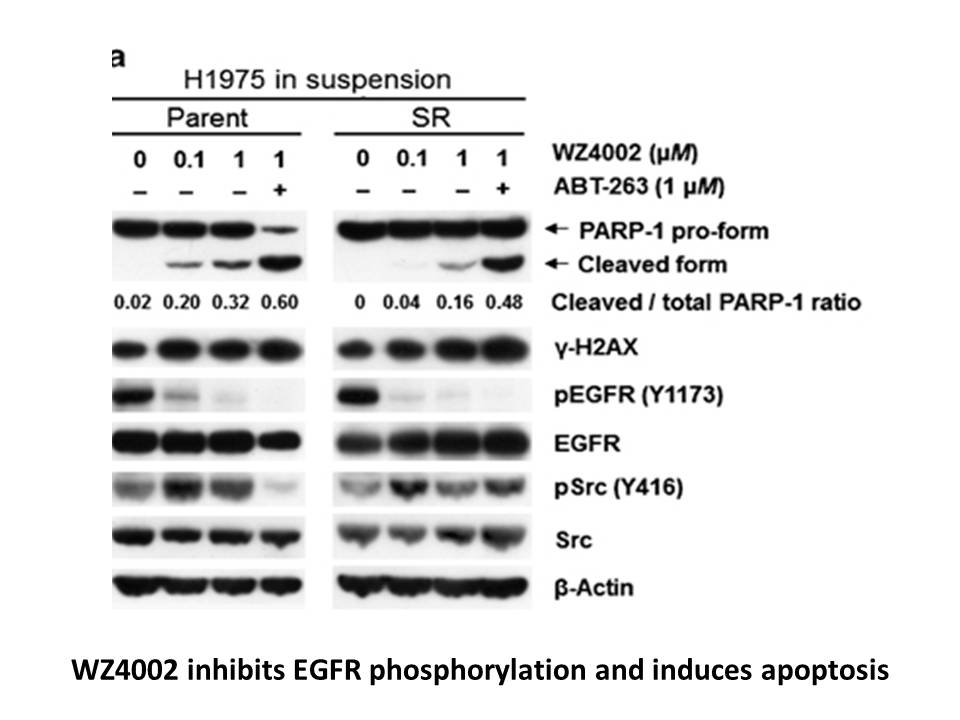
Introduction Infection of Salicylic acid by microorganisms activates the inflammatory response. The initial sensing of infection is mediated by innate pattern recognition receptors (PRRs)including Toll-like receptors(TLRs) (Kawai and Akira, 2010; O’Neill et al., 2013).Toll-like receptor 4 (TLR4) i
-
Since Slaughter s proposal of a
2019-11-18

Since Slaughter’s proposal of a genetic field defect concept for the explanation of the local relapse occurrence, much evidence has accumulated for its confirmation. The last ten years brought evidence that the genetic changes in the field are frequently accompanied by epigenetic aberrations. The ep
-
Protionamide The isolation of a proteinaceous putative inhib
2019-11-18
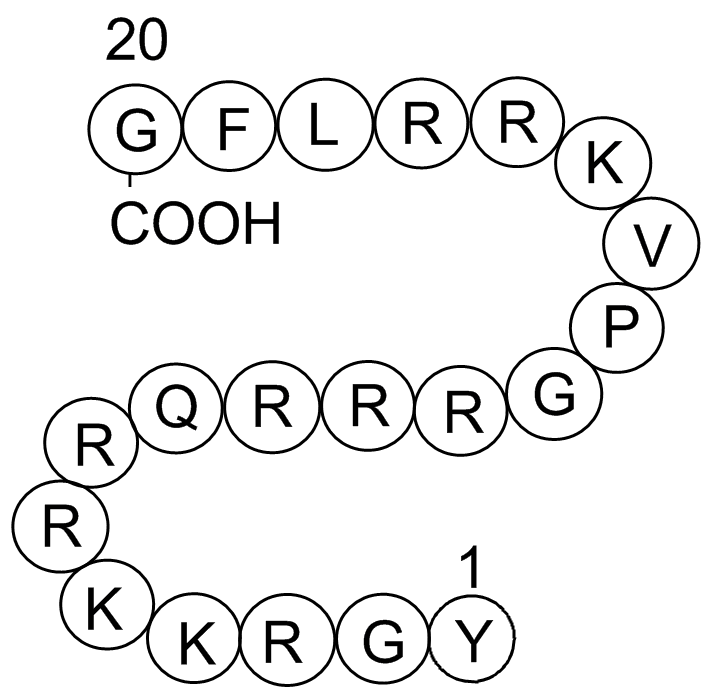
The isolation of a proteinaceous putative inhibitor of cysteine proteases from the extracts of Y. enterocolitica and E. coli was performed by affinity chromatography on immobilized and inactivated papain (Fig. 7A). Instead of the column variant of this technique (Tsushima et al., 1992), we used a ba
-
Recent pharmaceutical research in the field of respiratory d
2019-11-18
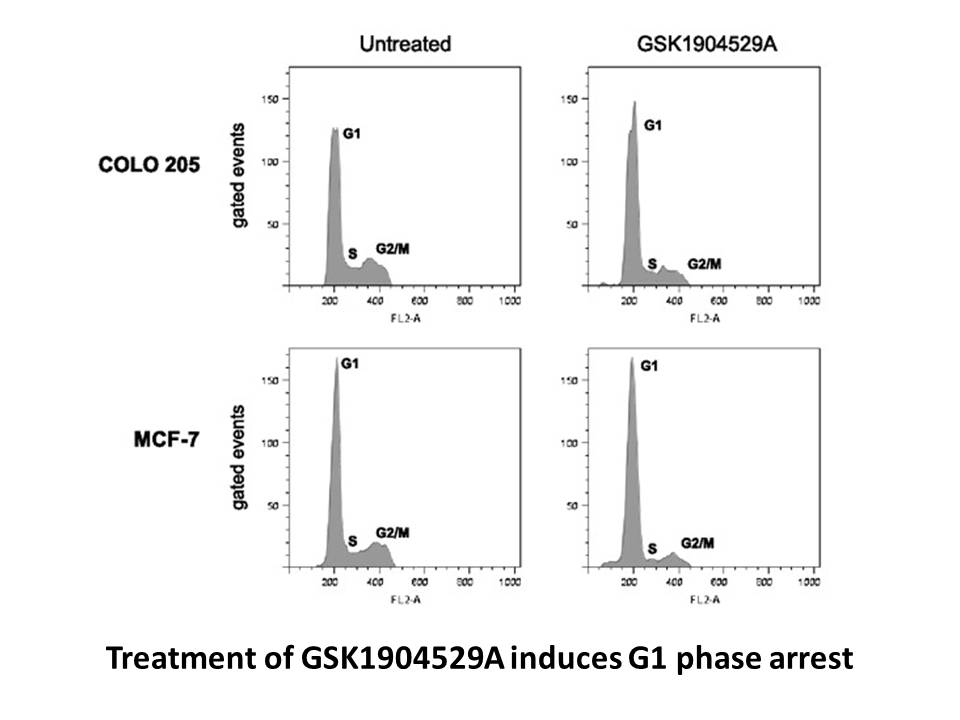
Recent pharmaceutical research in the field of respiratory diseases has sought to make available new agents that specifically and selectively antagonize the actions of cysteinyl–leukotrienes. Such an effort has resulted in the development of two classes of drugs, effective in counteracting Cys-LTs p
-
Annexin V-Cy5 Apoptosis Kit synthesis It is of interest that
2019-11-18
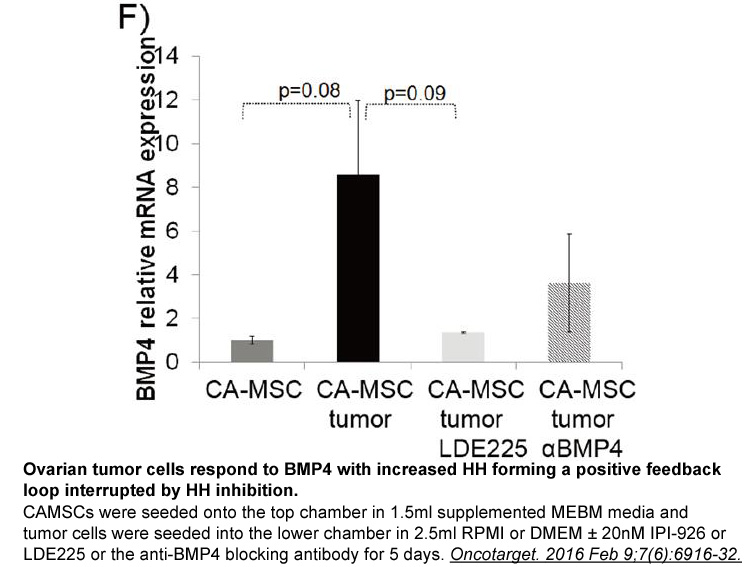
It is of interest that an initial maternal experience in virgin mice produces both changes in subsequent maternal behavior as well as possible changes in neural gene expression. Stolzenberg et al. (2012) proposed that experience-based changes in maternal responsiveness may be mediated by chromatin m
-
br Conflicts of interest br Acknowledgements This work was
2019-11-18
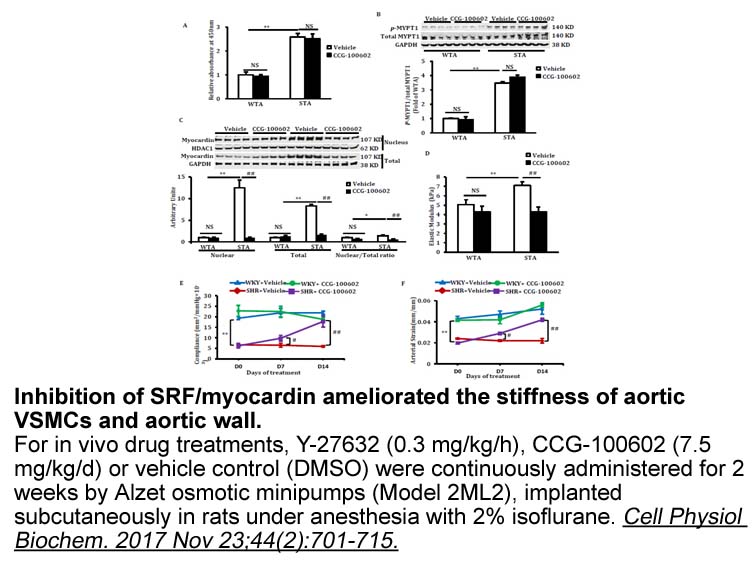
Conflicts of interest Acknowledgements This work was supported, in part or in whole, by the grants from the National Natural Science Foundation of China (11802056, 11772088), the China Postdoctoral Science Foundation (2018M640904), and the Fundamental Research Funds for the Central Universitie
-
br Introduction Hematopoietic stem cells and leukemic
2019-11-18
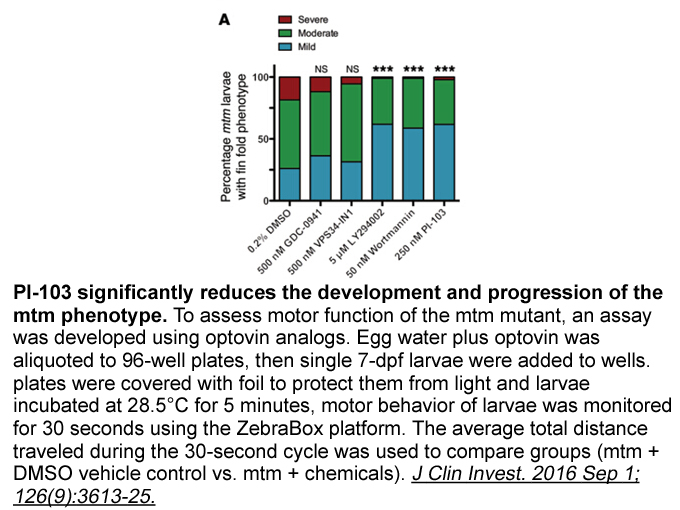
Introduction Hematopoietic stem Coumarin australia and leukemic stem cells (HSCs and LSCs, respectively) both have a capacity of self-renewal. Whereas HSCs give rise to all blood lineages during lifetime hematopoiesis, LSCs are responsible for the initiation and propagation of leukemia, as well
-
The endothelin receptor type B
2019-11-18
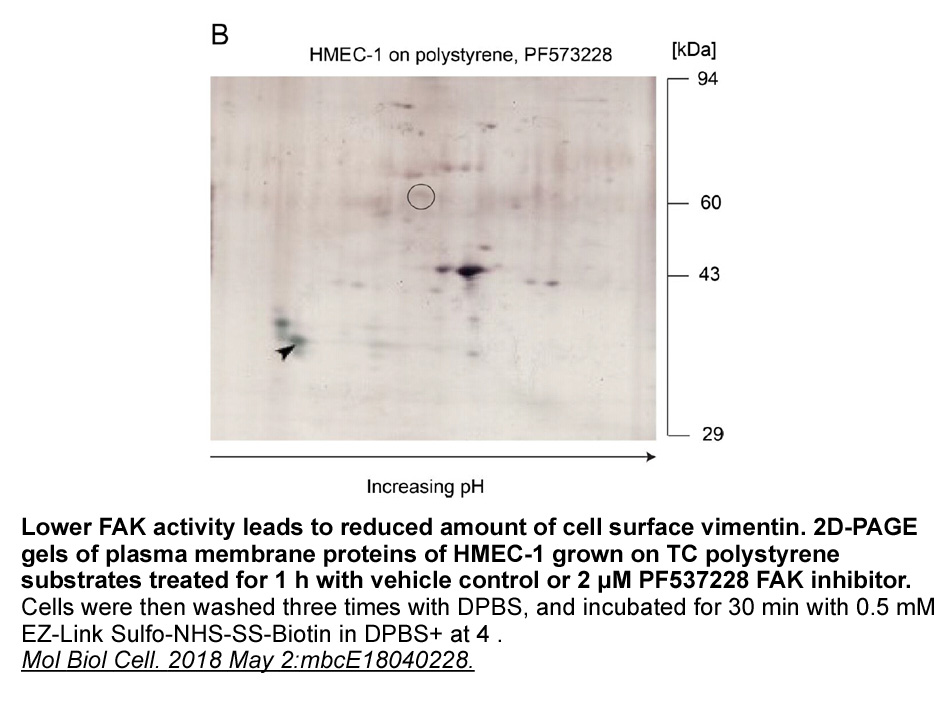
The endothelin receptor type B (EDNRB) belongs to the family of G protein-coupled receptors, which functions as a vital regulatory factor in signal transduction in cells, locating on human chromosome 13q22.3 (Ayala-Valdovinos et al., 2016; Bregar et al., 2018; Morimoto et al., 2018; Widowati et al.,
15532 records 915/1036 page Previous Next First page 上5页 911912913914915 下5页 Last page